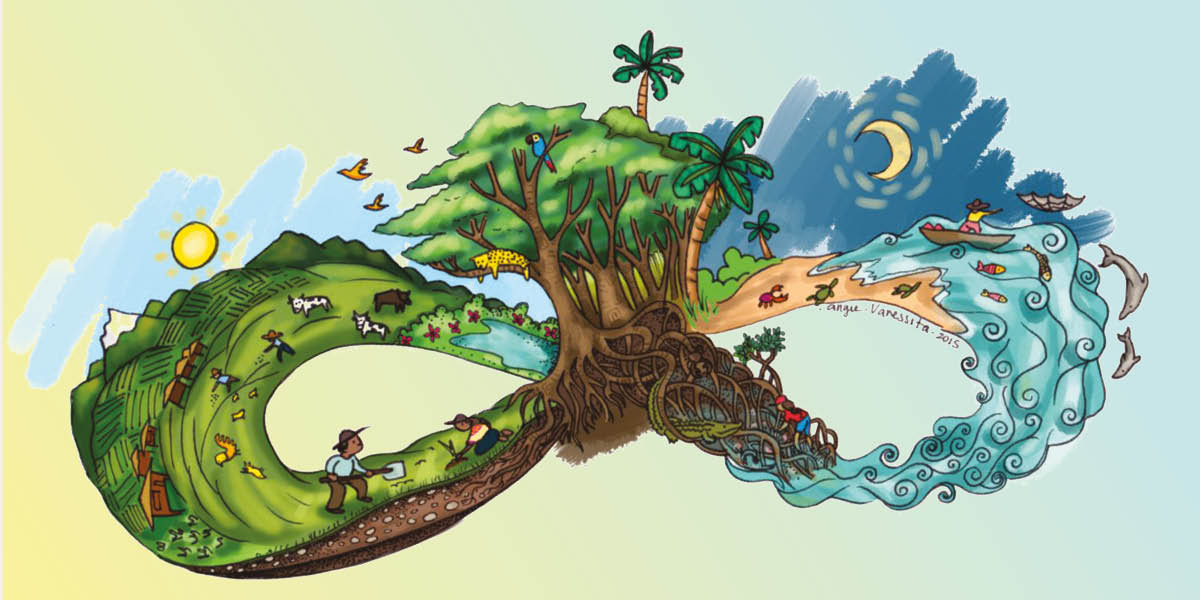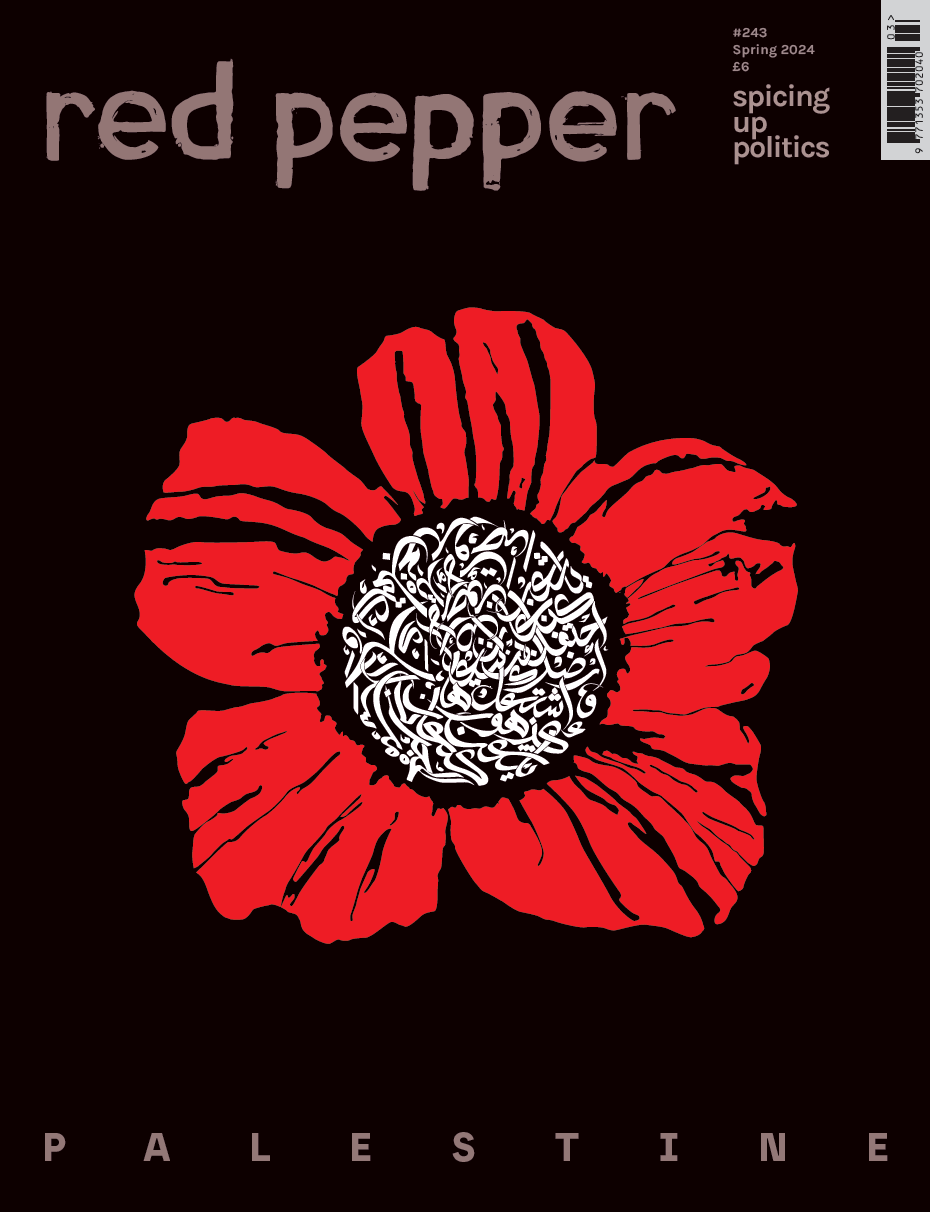In 1994, inspired by 500 years of anti-colonial struggle, the rebel peasant Zapatista Army of National Liberation (EZLN) declared war ‘on neoliberalism, for humanity’ via an armed uprising. The Zapatistas’ explicit aim remains building ‘a world where many worlds fit’. No phrase better captures the multifaceted concept of the ‘pluriverse’.
The Zapatistas’ aspiration to weave better worlds (realities) into being remains beholden to indigenous worldviews and socio-economic environmental relations rooted in the mutual recognition of dignity. The polysemic notions of buen vivir (‘living well’) in Latin America and ubuntu (‘I am because we are’) from Zulu carry similar pluriversal connotations, as do recent imaginaries emerging from Afrofuturism, solarpunk, degrowth and student movements.
Rather than a rigid ideology, the ethos surrounding the pluriverse is eclectic, egalitarian and emancipatory. It aims to combat the debilitating, exploitative and homogenising forces of liberal-capitalist modernity.
In practice, pluriversal politics pay heed to Frantz Fanon’s prescient warning: ‘Let us not pay tribute to Europe by creating states, institutions and societies that draw their inspiration from it… Humanity expects other things from us than this grotesque and obscene emulation.’ The pluriverse offers precisely these ‘other things’.
Pluriversal politics concentrate on economic justice, ecological sustainability and both material and spiritual wellbeing. Ambitions associated with the term make the case for a world defined by neither surplus populations nor sacrifice zones but life-affirming relations, economies and institutions based in conviviality, care and solidarity.
Put succinctly, the pluriverse seeks to redeem humanity by repairing a planet (dis)ordered by colonial power, class war, racial animus, heteropatriarchy and the machinations of empire.
At its core, the pluriverse is born out of struggles ‘from below’. This means Eurocentric orthodoxies, top-down edicts, elitist institutions and even bourgeois decorum must go. Pluriversal politics also depart from the authoritarian tendencies of professed revolutionary movements and governments that have badly missed the mark regarding actually-existing freedom and democracy. Contrariwise, the pluriverse proposes, rather than imposes, alternatives as a means of breathing life into sustainable and just futures.
Grassroots political struggles and autonomous social movements are rich sources of inspiration for ‘worlds otherwise’. Movements like La Via Campesina (LVC) and their idea of food sovereignty, Abahlali baseMjondolo’s (AbM) and its advocacy for the urban poor, and the Rojava Revolution (AANES) engender pluriversal praxis by confronting structural violence, dispossession, and alienation at the ground level and co-constructing new social relations, shared ethics and collective forms of life.
Imagination and cultural production are vital aspects of the pluriverse. As Claudia Jones avowed, ‘A people’s art is the genesis of their freedom.’ In terms of exemplars, think of Amal Abu al-Sabah, a young Palestinian artist painting murals amidst the wreckage of Gaza. She has stated the images are an attempt to share her people’s pain, defy despair and illustrate that, even in the face of a genocidal siege and monstrous occupation, visions of a free Palestine endure.
As the Zapatistas’ words suggest, the pluriverse represents utopian possibilities driven by radical hope, collective liberation and recognition that the oppressed have a right to defend themselves. Instead of systems of domination, the pluriverse embraces the place-based knowledges, compassionate politics and insurgent struggles of subjugated groups fighting for dignity, self-determination – and new worlds ‘from below’.
Further reading
- EZLN (Enlace Zapatista), The Sixth Declaration of the Lacandon Jungle
- LVC (La Via Campesina), Food Sovereignty: A Manifesto for the Future of Our Planet
- Ashish Kothari, Ariel Salleh, Arturo Escobar, Federico Demaria, and Alberto Acosta, Pluriverse: A Post development Dictionary (Tulika Books and Columbia University Press)










